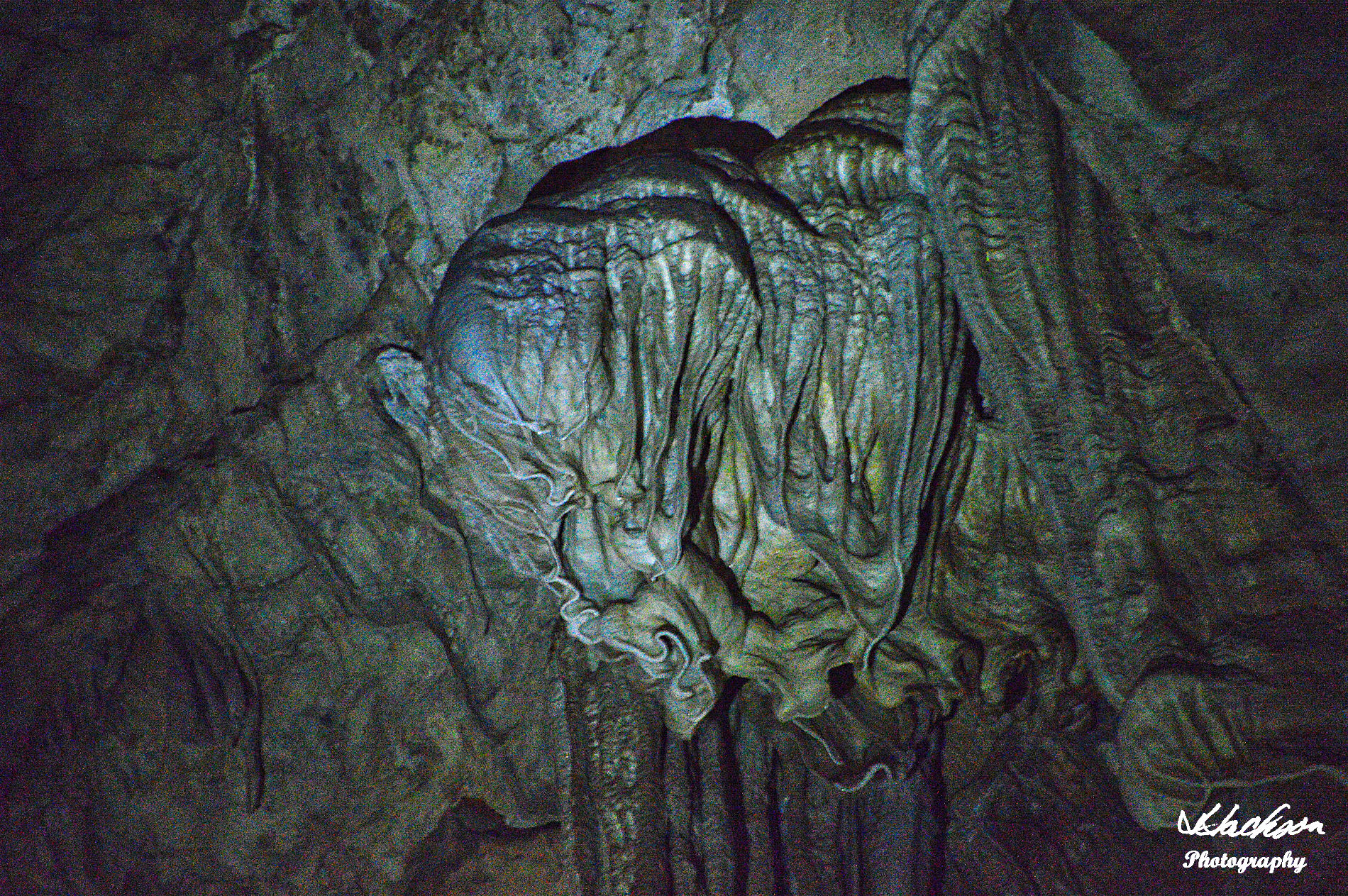Exploring Point Reyes
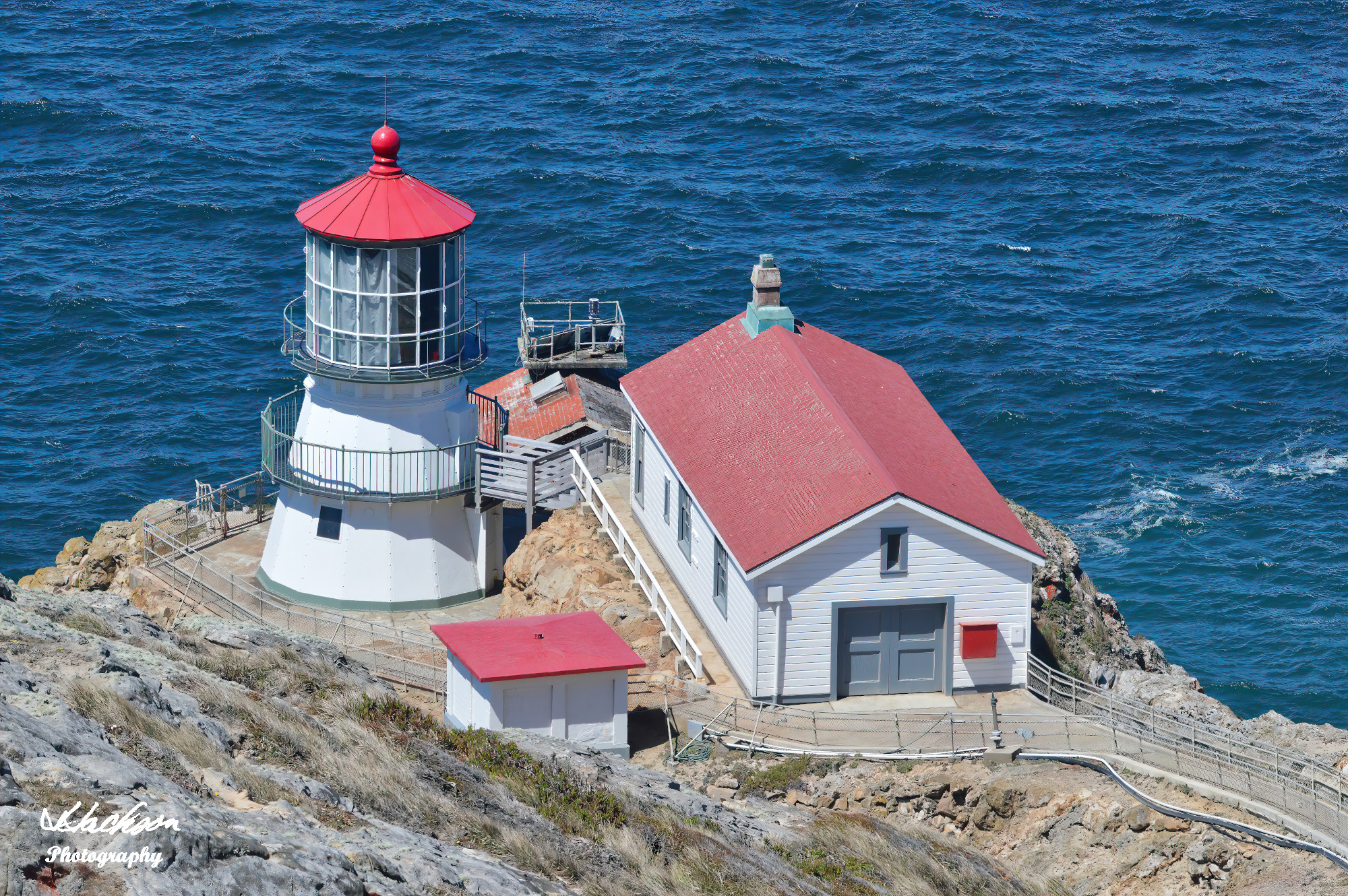
Perhaps one of the most beautiful, natural seashores in the world is the pristine area that surrounds Point Reyes in Northern California. It is a magnificent peninsula, which separates it from the mainland, that was formed and continues to move about two inches a year as it rides north on the Pacific Plate. This plate is part of the San Andreas Fault and maintains its movement as the North American Plate moves perpendicular to it. As pressure builds, the underlying rock jolts loose and an earthquake is the result.

Point Reyes National Seashore is a gem of the U.S. Department of the Interior’s National Park System. It features miles of hiking trails and vast open sandy beaches, many are uncrowded and you may have miles of beaches all to yourself.

As part of the Gulf of the Farallones National Marine Sanctuary, Point Reyes is a prime habitat for not only marine life, but for reptiles, mammals, and a whole host of birds. There are times when whales may be seen off-shore as they migrate.
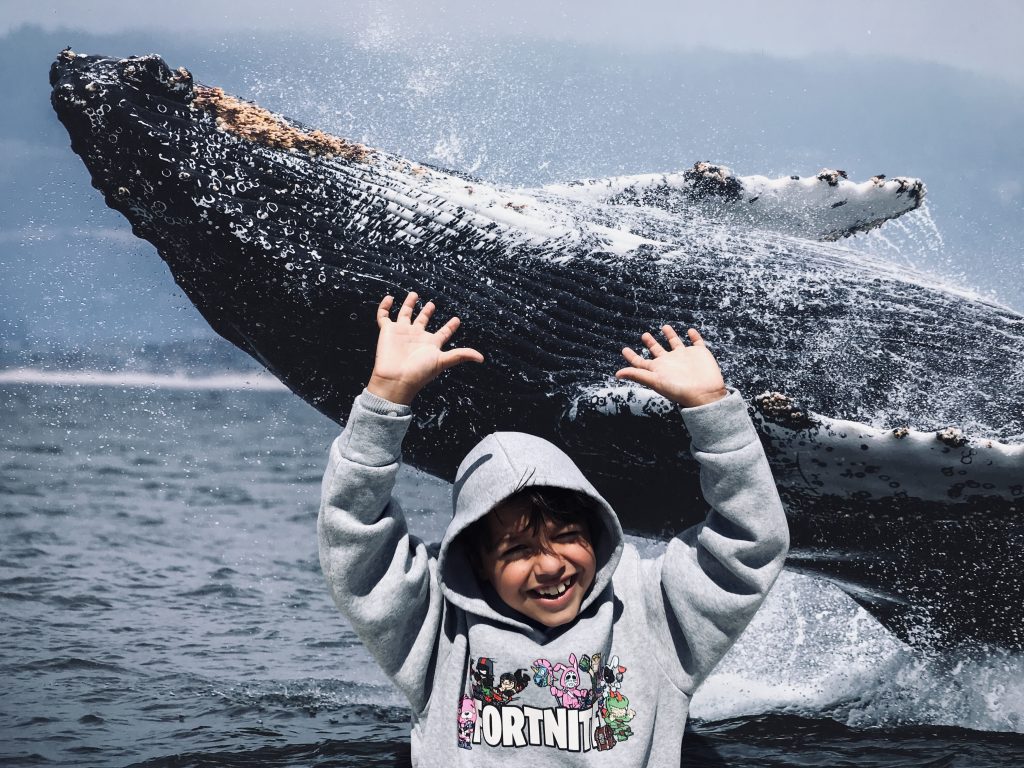
More than 25 endangered or threatened species spend at least part of the season feeding in this rich ocean habitat, including killer whales, humpback, and the largest of all whales the blue whale.
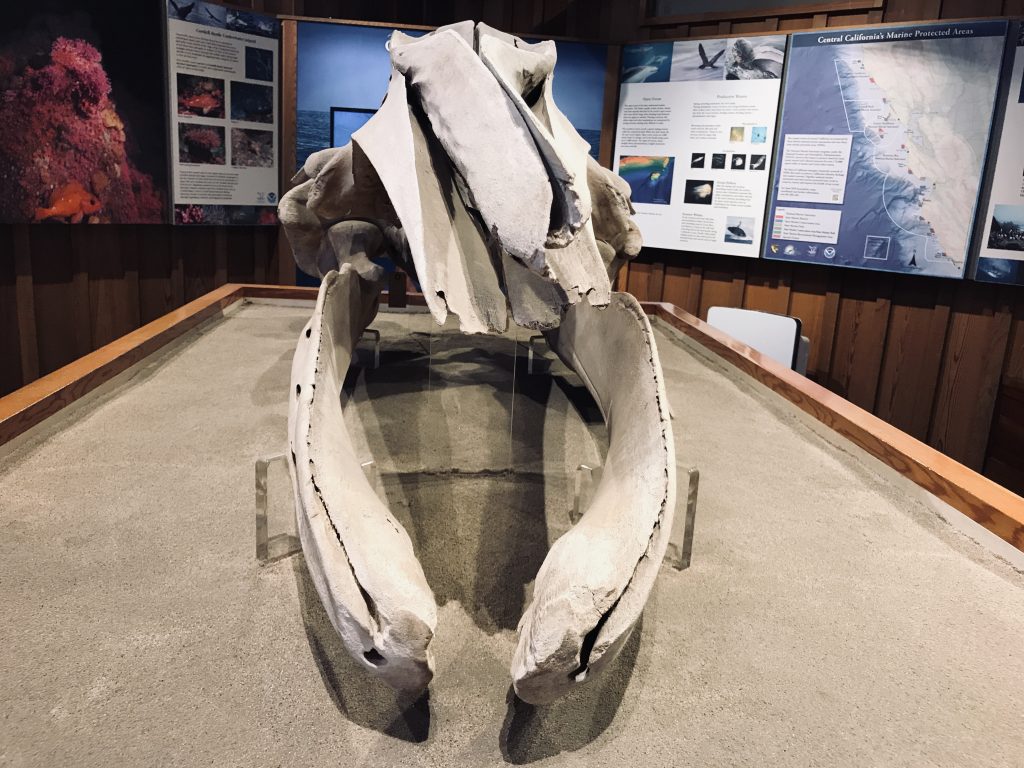
The best place to start your Point Reyes adventure is to make a stop at the Bear Valley Visitor Center. There you can pick up a helpful map, use the restroom facilities and inquire about the best places to visit.
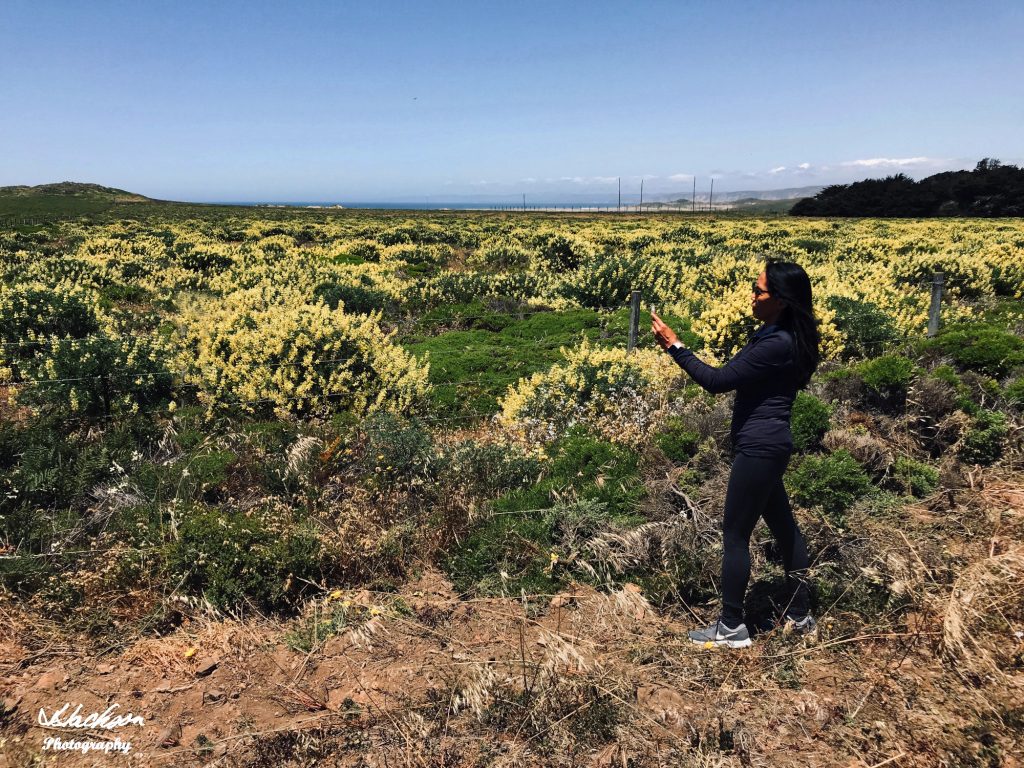
Along the road to the Point Reyes Lighthouse, you may encounter vast fields of yellow lupines. Take the time to capture this amazing scene.
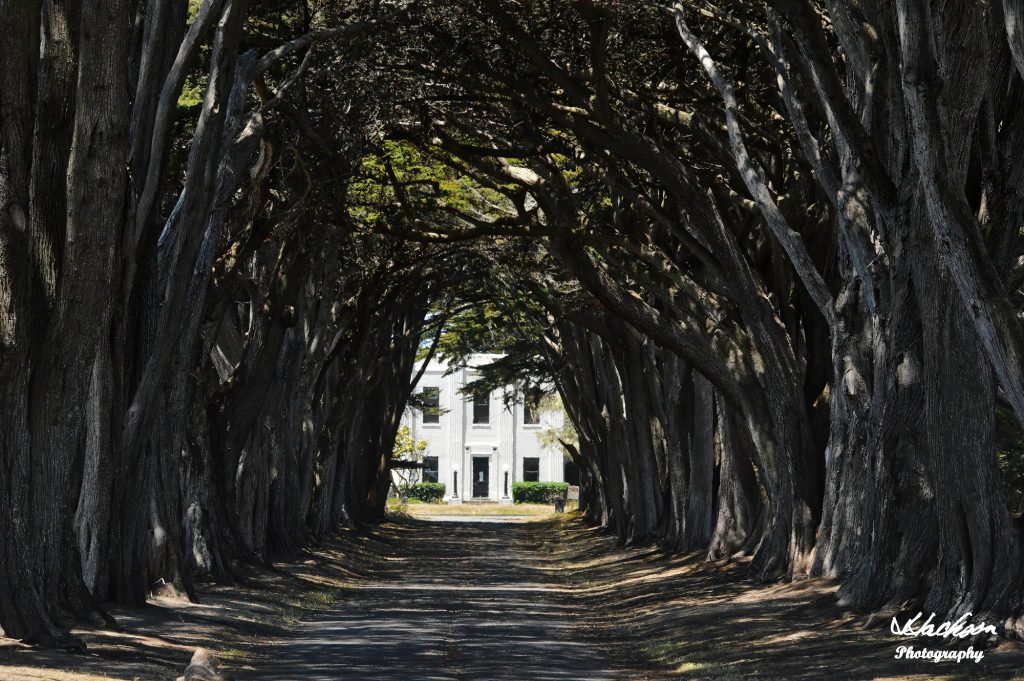
The historic KPH maritime radio receiving station sits at the end of the drive that is surrounded by a tunnel of Monterey cypress that were planted around 1930. These cypresses create the “tree tunnel” and are a not-to-be-missed signature feature of this wonderful landscape.
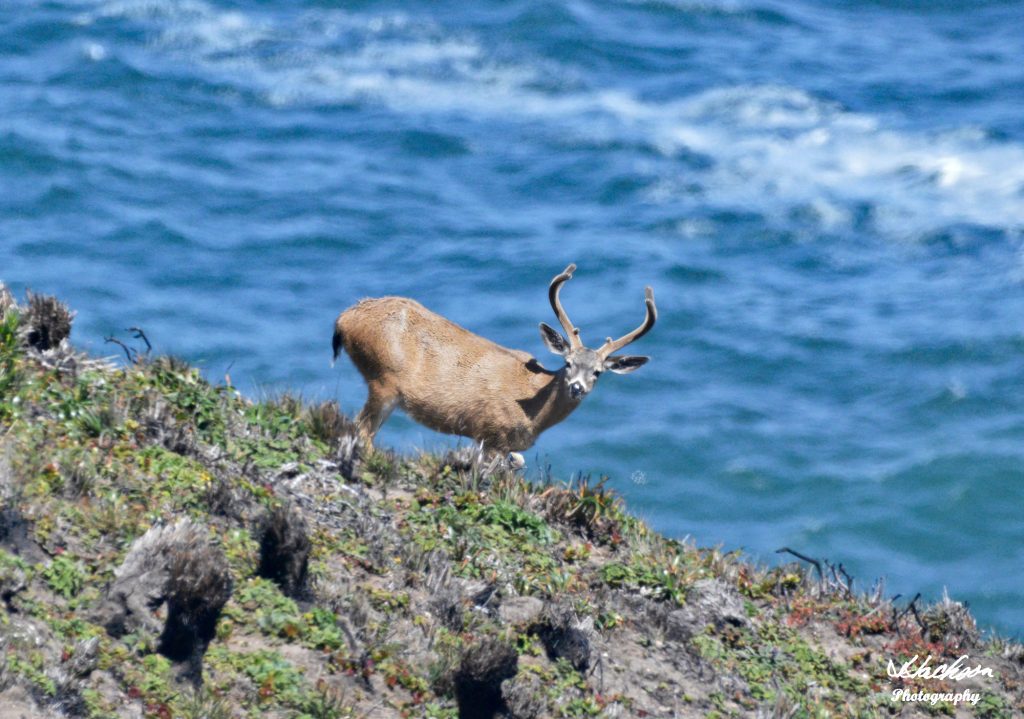
Mammals make up a large part of the fauna of this National Park. These include deer and the reintroduced tule elks as well as coyotes, bobcats, and cottontail rabbits. With the park’s partnership with ranches inside the boundaries, there are sheep and cattle that graze on portions of the land.

As a pristine wilderness, this place is a birders delight. Along with the threatened snowy plover that nests near Abbotts Lagoon, bird lovers can view a wide variety of our feathered friends. (There are specific areas where the snowy plover nests, there are signs posted and no one is allowed to enter these fragile environments.)

Great colonies of seabirds roost on the rocky outcropping that forms part of the Point Reyes seashore. Along with several varieties of cormorants, one can also see several types of gulls.
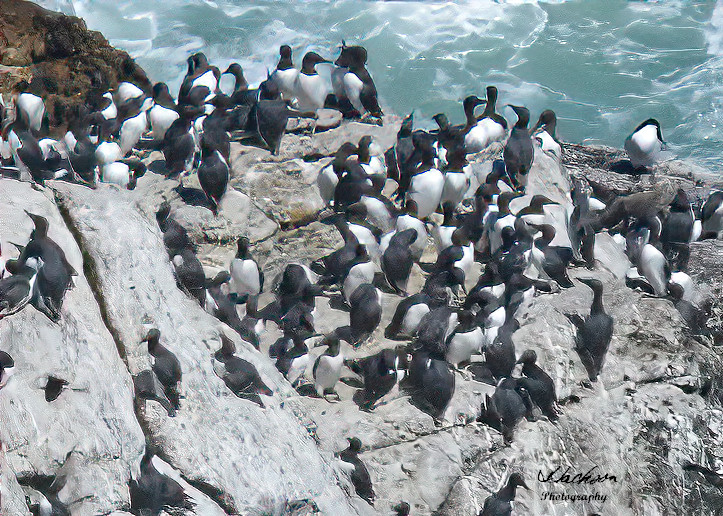
The Common Murre, who oddly resemble penguins, make their precarious nests along the steep cliffs of rocky outcrops. Here they will raise their chicks who will in a short time dive right into the vast Pacific Ocean that surrounds their nursery.

Above, a common White-Crowned Sparrow, rare in that it exhibits several bands on its legs.
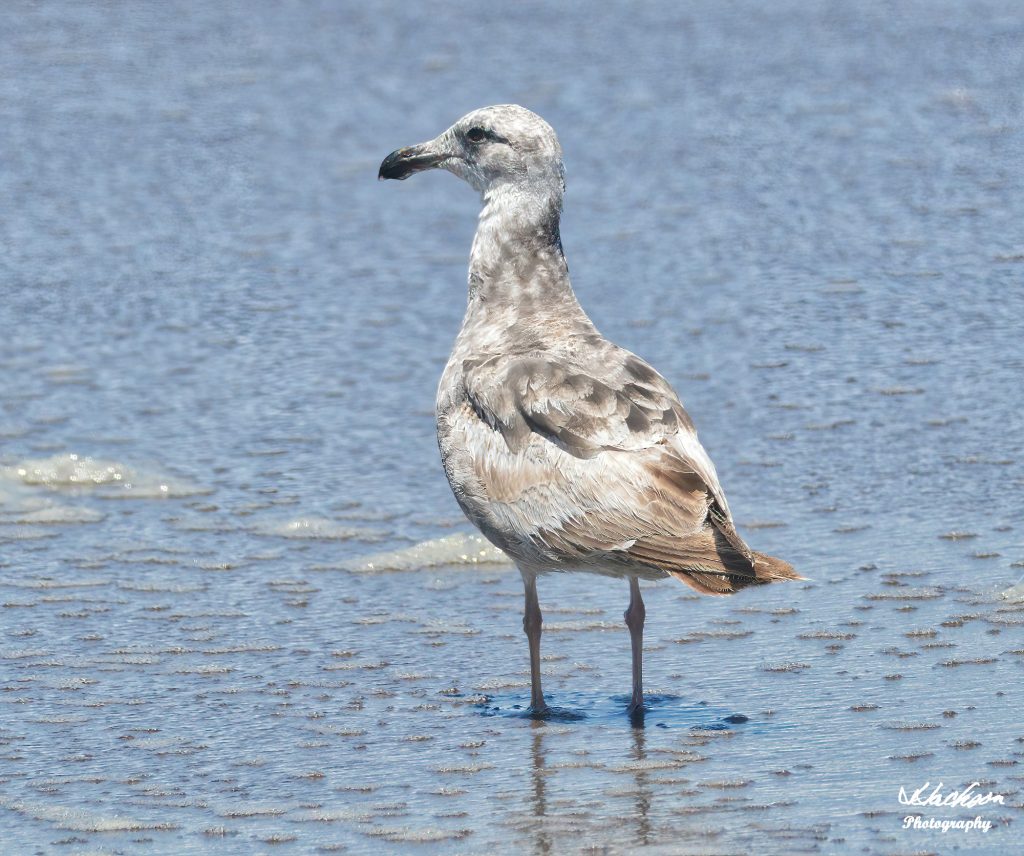
A skillful birder might be lucky enough to see a rare Olympic Gull, which is a hybrid of a Glaucous-Winged Gull and a Western Gull. This one was photographed the Point Reyes South Beach.
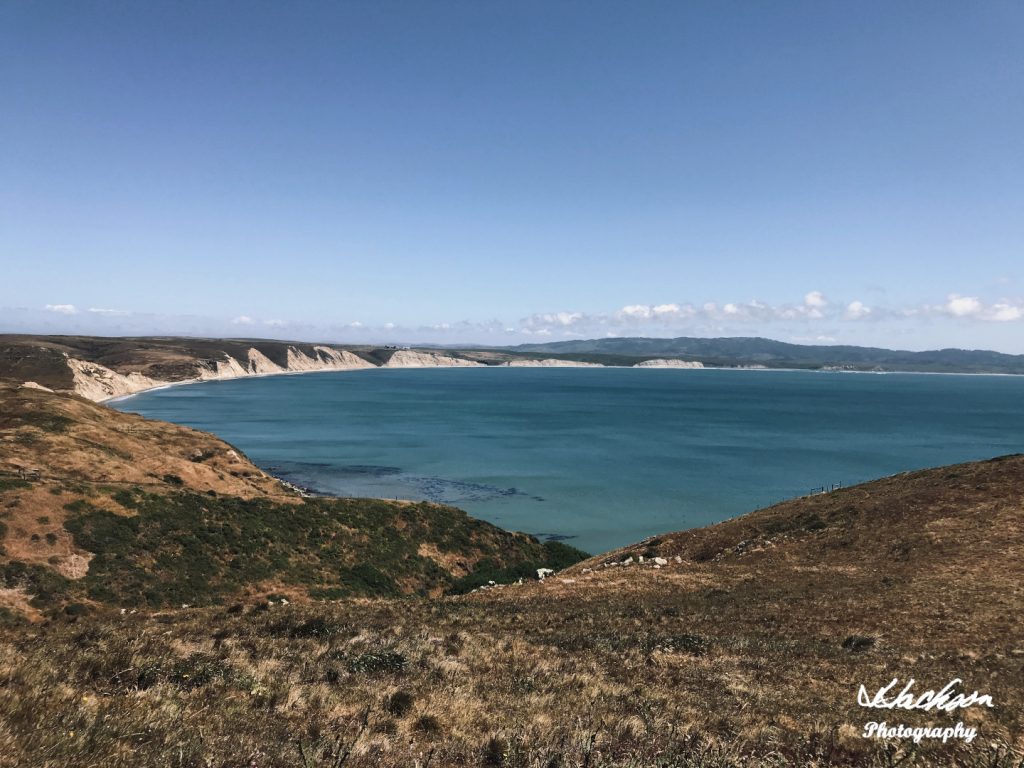
Drakes Bay, above, was named for the explorer who arrived here in 1579. It is said that Drake claimed the area for the English crown and reportedly placed a brass plate to commemorate the event. The plate has never been found although a forgery was used as an elaborate 20th-century hoax.

Above, the brass plate that was used as a college student prank in a hoax that misled a prominent California history professor.
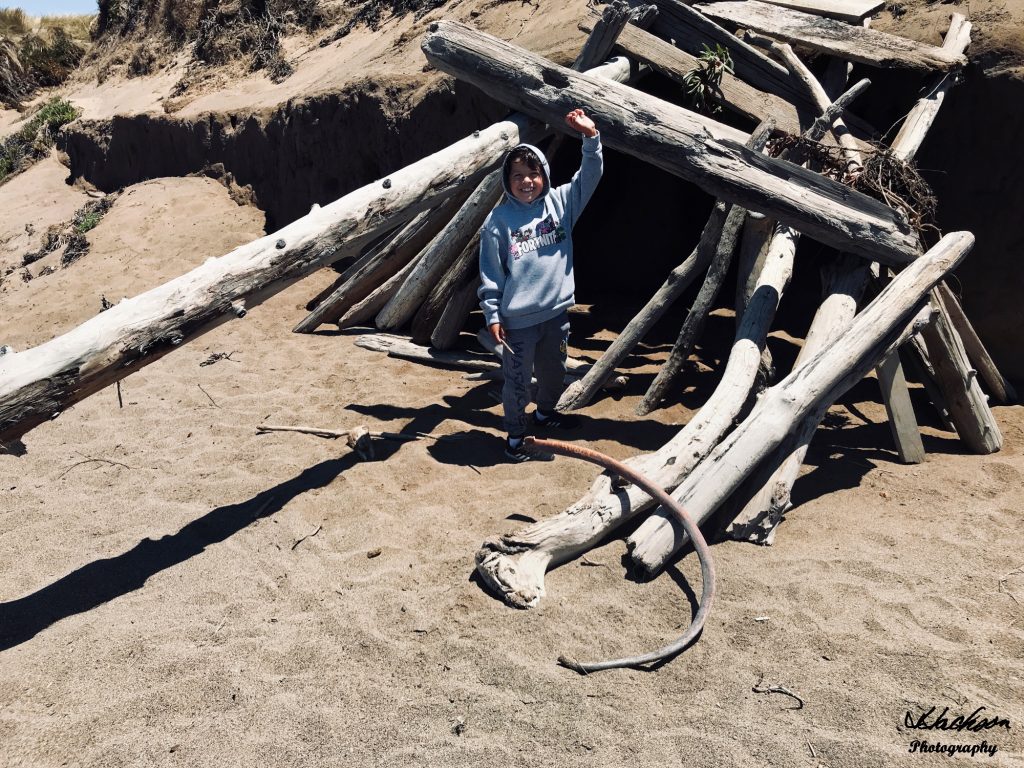
Every year numerous people still search the beaches looking for Drake’s famous brass artifact.

Not Drake’s brass plate but a sand dollar which is a flat, burrowing sea urchin. (Remember, you are not allowed to remove artifacts or any other natural resources from the park.)
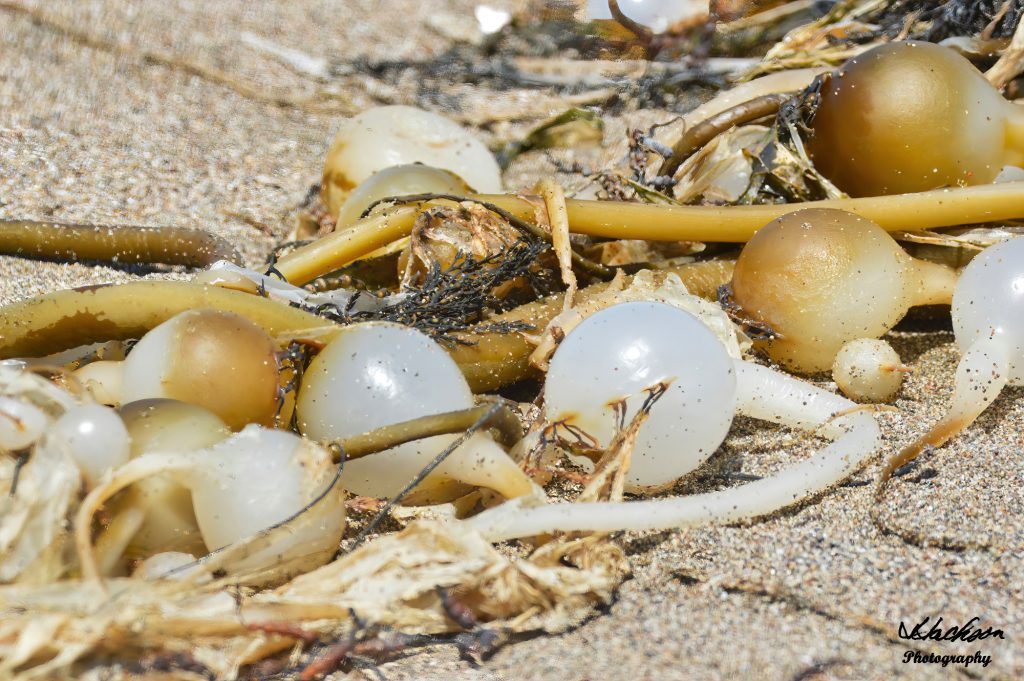
Point Reyes is one of those amazing places that is a gift to all the world. If you have not been there, consider adding it to your bucket list. It will make a great addition to your drops in the bucket.
All photographs are the copyright of Jim Jackson Photography and Nida Jackson Photography. Please contact me with any questions, comments, or authorization to use photos or for signed, high-resolution prints.
If you found this article useful, please like, share, and follow.


